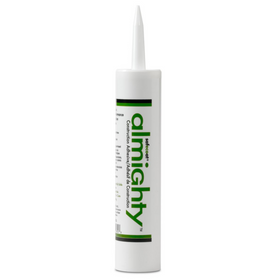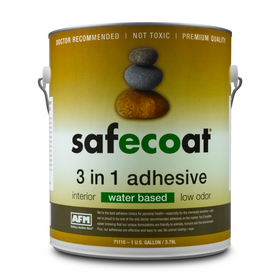
Valley Passive House in Minnesota Revisited Post-Construction
Last Updated: Apr 13, 2025About a year ago, Rise’s founder Matt Daigle had a chat with Jennifer and D.R. Schroeder about the Passive House they were building in Minnesota. “Early in our relationship, we discovered that a shared value was living sustainability and responsibility,” said Jennifer.
Table of Contents
- Thick Coat Versus Light Jacket
- Rely on the Fundamentals
- Modern Design, Passive House Performance
- Making Passive House Mainstream

“Some of that’s easy: composting, recycling, knowing where your food comes from, where your clothes come from,” she continued. The Schroeders wanted, however, to go beyond those approaches. They wanted to discover how to live with a lighter footprint on their lakeside property while contributing in a positive way to their neighborhood and the world at large.

The solution was building a new home to Passive House standards, without sacrificing the modern aesthetic that they love. They had their architect, Dave Zweber, principal, David Charlez Designs, in Lakeville, design the home of their dreams. Then, says D.R., “We had our builder make it a Passive House.” A Certified Passive House consultant, Ryan Stegora, owner of RJ Stegora Inc., brought to the project history of building highly energy efficient and durable buildings.

“We don’t feel like we had to sacrifice on either end,” said Jennifer of the modern design and the Passive House construction. The Schroeders and their children moved into their new home in May 2019.
Developed in Germany, Passive House design includes five basic principles. Continuous insulation throughout the entire shell is the first principle. The second is airtightness, to stop heat loss and moisture accumulation. The third is installing energy-efficient windows that bring in solar heat during the cold months. Balancing ventilation for constant fresh air is the fourth. As a result (principle number five), the home requires minimal, if any, heating and cooling using mechanical systems.

The Schroeders’ home boasts triple-pane windows and a flat-roof assembly that’s 23-inches thick. The highly insulated walls are approximately 19 inches thick. The all-electric home has a heat pump hot-water heat, heat pump dryer, Energy Star appliances, and an induction cooktop: A rooftop solar array powers them all. The home has all LED lighting, used no- or low-VOC paint, incorporated FSC-certified wood, and has low-flow plumbing fixtures and toilets.

The builder constructed the home’s deck of black locust wood, which is considered an environmentally friendly alternative to ipe. (A rare and overharvested wood from Central and South America, ipe grows in low densities: Mature trees appear once every 300,000 to 1,000,000 square feet. Harvesters cut through the rainforest to reach those mature trees, resulting in deforestation and waste.) Around the deck, the Schroeders planted a low- to no-mow pollinator-friendly lawn, and drought-resistant native plants.
We asked D. R. Schroeder to how the family likes living in their new modern Passive House, and advice they have for other homeowners wanting to build sustainability.

Building a sustainable, energy-efficient home was reaffirmed on both short-term and long-term levels when we had children. One of our children has allergies, making the healthy home environment we were learning about in our sustainability research quite appealing. Long term, we hope that building an energy-efficient home can help shift the conversation in the building industry toward making energy efficiency a mainstream idea.

Modern Design, Passive House Performance
Rise: What do you love most about living in the house?
D.R.: Our favorite thing about the home is that we were able to get a design we love while still getting extreme energy efficiency and performance. We sought out our architect because we loved his style (he had no previous Passive House experience), and he delivered a wonderful design. Our builder was then able to modify that design into a home that reaches Passive House standards. We couldn’t be happier with the result. It’s the home we dreamed of, and the performance is certainly there. Blower-door testing of airtightness yielded an ACH of 0.15 based on a measured 130 cfm @ 50 pascals (for reference, Passivhaus standard is 0.60 ACH and new homes in Minnesota around 2.5 ACH).
We’ve been in the house for a few months now. We’re happy with how well the home has maintained an indoor temperature and how quiet it has been. Over the summer, we received monthly checks back from our utility as part of its net metering program. Having your utility company pay you is quite the contrast! Outside of its performance, we love the home’s floating staircase and the screened porch.
Camille LeFevre
Camille LeFevre is an architecture and design writer based in the Twin Cities.













